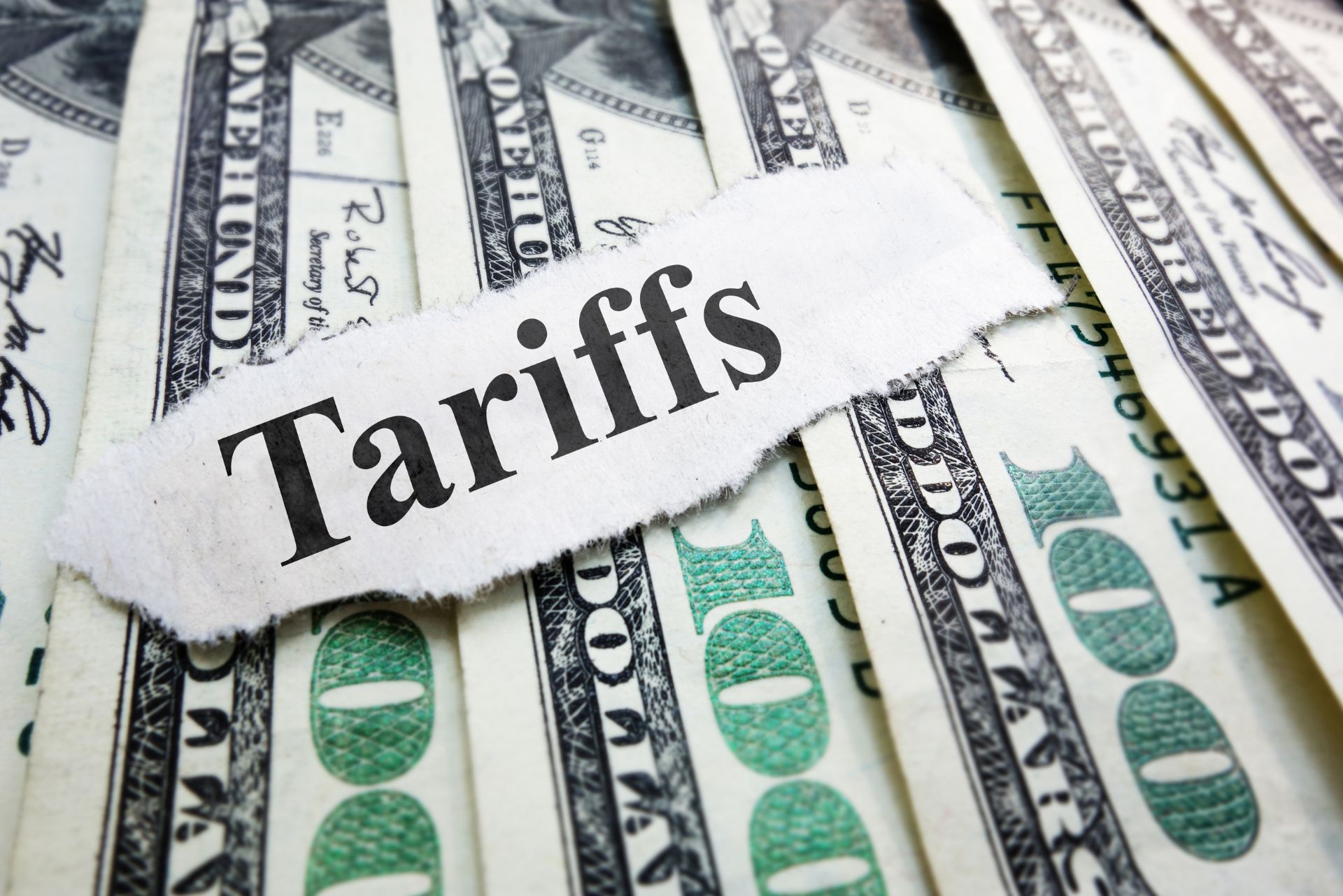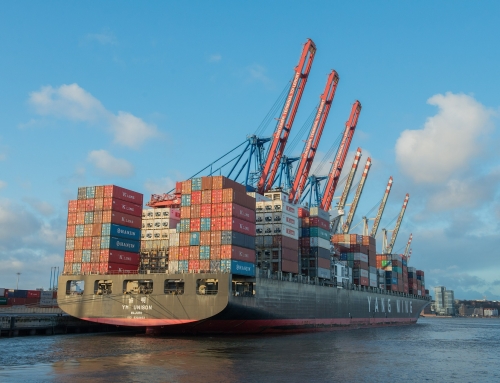Trump 2.0: Tariffs, Drawback, and You
Ever since the presidential election results were announced, speculation has abounded on what actions the incoming Trump administration may take, particularly concerning Trump tariffs and their potential impact on trade. While it can’t be stated with certainty, it appears highly likely that tariffs will increase for many products and perhaps even across all countries of origin.
After the original implementation of the 301 tariffs in 2019, duty drawback has proven to be a successful tool in helping companies mitigate these tariff increases. As a duty drawback provider, we have been advising clients and potential claimants of the following actions to take in preparation for what may come in 2025.
- First and foremost, make sure you have access to your ACE portal and all reports for both imports and exports. In order to conduct the most thorough and efficient duty drawback program, it is essential to provide your drawback provider with read-only access to ACE so they can verify information, ensure they have all imports and exports accounted for, and troubleshoot issues. This will also allow them to provide analysis of opportunities for increased tariffs, and to capture those imports in a timely fashion.
- Next, make sure your brokers and forwarders are capturing invoice line level information. While this isn’t required for some types of drawback, it is useful for validating and supporting what is found in ACE. By having this detail it’s more likely a provider can layer multiple types of drawback, thus maximizing your refund potential. Additionally, ensure the brokers and forwarders have extensive record retention and quick access to documentation that will be requested to support a drawback claim, as drawback requires documents to be retained for three years from the date of liquidation.
- The final step of preparation is to have a thorough understanding of your entire supply chain, suppliers who are importing merchandise and selling to your company, or domestic customers that you are selling to that may be exporting those products. Share this information with your drawback provider, as it may yield additional opportunities both now and in the future.
If you don’t already have a drawback program or a drawback provider, now is the time to start the process of engagement so that you are prepared for increased tariffs and can react as quickly as possible to recover those tariffs through drawback wherever possible. Contact Comstock today!






